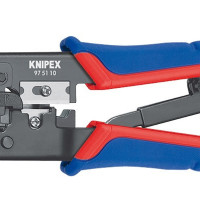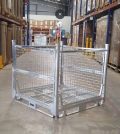How do Barricade Tapes Make the Work Environment Safer?
One of the most cost-effective pieces of equipment, when it comes to worker safety is the barricade tape. Barricades can be spotted almost everywhere you go – furniture stores, factories, mines, crime scenes, banks, etc. A barricade can be as simple as a rope strung across an opening, or an entire framework which is meant to prevent people coming close to an open hole.
Some barricades are used as simple guides to maintain an orderly queue, like poles with banners connected together in front of a counter in a post office or a bank. Others are meant to warn people and sway them away from a potentially hazardous situation or environment. But when it comes to workplace safety, a safety barricade tape has to abide to OSHA rules and regulations.

The reason why a safety barricade tape has to abide to special rules and regulations, is because they aren’t a suggestion barricade like they are in the bank, they’re there to save lives. OSHA defines these safety barricades as an obstruction to deter the passage of persons or vehicles. High temperature valves, moving machinery that weighs in the tons, and exposed wires are just some of the many potential dangers that require barricades.
A lot of people shrug at the sight of a barricade, and neglect the danger behind them. The ironic part is, the safety barricades are intended precisely for that group of people. The goal of barricades is to make the working environment idiot-proof, and you can further support that goal with warning lights, instructions in case things go south, and signs.
You can make your own barricade, and they don’t have to be pretty, as long as they do what they’re meant to do. However, this isn’t recommended in working environments, as they may not oblige to all OSHA rules and regulations, such as the colour code of barricades. Things like material, size and weight of the barricade tape are a more liberal choice.
Red and white barricade tapes are for fire prevention and protection equipment; black and white are for housekeeping and aisle marking; yellow and magneta are for radiation hazards; green and white are for safety and first aid; blue and white are for defective machinery; orange and white are for caution and traffic warning; black and yellow are for physical hazards.
Besides the colours, you don’t have to pay much attention to other specifications. Most barricade tapes are 75mm, which is the standard width, and the length doesn’t matter, as they are quite affordable and you can get multiple tapes to get the job done.










